News 8/20/15
Top News

Grand Rounds lands $55 million in Series C funding from existing investors Greylock, Venrock, Harrison Metal, and David Ebersman, plus an unnamed global mutual fund. The San Francisco-based company will use the cash infusion to scale up staffing and development of its Web-based patient/physician matching tool, offered primarily to consumers through their employers. The new round of financing brings the company’s total to $106 million.
Webinars


August 25 (Tuesday) 1:00 ET. “Cerner’s Takeover of Siemens: An Update (Including the DoD Project).” Sponsored by HIStalk. Presenters: Vince Ciotti, principal, HIS Professionals; Frank Poggio, president and CEO, The Kelzon Group. Vince and Frank delivered HIStalk’s most popular webinar, "Cerner’s Takeover of Siemens, Are You Ready?" which has been viewed nearly 6,000 times. Vince and Frank return with their brutally honest (and often humorous) opinions about what has happened with Cerner since then, including its participation in the successful DoD bid and what that might mean for Cerner’s customers and competitors, based on their having seen it all in their decades of experience.
Previous webinars are on the YouTube channel. Contact Lorre for webinar services including discounts for signing up by Labor Day.
#HIStalking Tweet Chat: Compliance from the Patient’s Point of View
Amy Gleason (@ThePatientsSide), CareSync COO and White House Champion of Change for Precision Medicine, led us through an engaging #HIStalking discussion on using healthcare technology to drive patient compliance. Check out the recap here.
Announcements and Implementations
New York City-based Physicians Family Health Service implements IPatientCare’s EHR and PM systems at its Manhattan location.
Panasonic incorporates Acuant’s MediScan patient credentialing software into its KV-S1015c and KV-S1057c scanners.
Luminello incorporates e-prescribing technology from DoseSpot into its EHR for psychiatrists.
Acquisitions, Funding, Business, and Stock

ICDLogic partners with PM consulting and training firm Karen Zupko & Associates to bring its Cypher ICD-10 software solution to market. The company has also inked a deal with MGMA to offer the new tool in the association’s online store.

United Cannabis Corp. opens its first California-based Advanced Cannabinoid Therapy (A.C.T.) Now Clinic at the medical marijuana-friendly (and previously raided) Harborside Health Center in Oakland, equipped with a home-grown cloud-based EHR and patient portal.
Research and Innovation
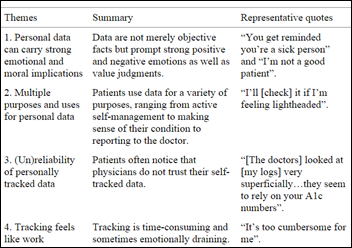
A study of 22 patients with multiple chronic conditions finds they aren’t as jazzed about tracking their health data as recent patient data advocacy movements would have us believe. Digging deeper, researchers found that patients felt they were keeping up with data for their physicians, rather than themselves, and were surprised to learn that physicians rarely reviewed the data because they assumed it was unreliable. Researchers concluded that “Novel [consumer HIT] technologies are likely to be successful only if they clearly reduce patient inconvenience and burden, helping them to accomplish their ‘illness work’ more efficiently and effectively.”
People

Tom Torre joins medical bill-negotiating startup CoPatient as CEO. Torre comes from CoPatient’s partner and healthcare payments technology company Alegeus Technologies. Boston-based CoPatient was founded by ex-Athenahealthers Palm and Katie Vahle, who plan to move the four year-old company to new, roomier headquarters this fall.
Telemedicine

Boca Raton, FL-based Modernizing Medicine adds telemedicine capability to its EMA Dermatology EHR. The company plans to add telemedicine tech to its other specialty EHRs, but hasn’t yet determined timing.
Government and Politics

Washington, D.C.’s Health Link insurance exchange launches the Universal Doctor Directory 1.0 to help consumers more easily determine which physicians accept the exchange’s health plans. The move is part of the D.C. Health Benefit Exchange Authority’s broader efforts to make the site more user friendly, and to clean up incorrect physician contact information.
The State of New Mexico’s Human Services Dept. moves forward with development of an All Payers Claims Database, announcing plans to hire a consultant next month to assist with planning. State legislators passed a law earlier this year requiring the state’s Health Dept. to make hospital-specific cost and quality-of-care data freely accessible by 2017.
Other

Practicing psychiatrists Steven Buser, MD and Leonard Cruz, MD publish “DSM-5 Insanely Simplified: Unlocking the Spectrums within DSM-5 and ICD-10” to assist therapists, psychologists, and psychiatrists with the transition to the new classifications. Cruz amusingly notes in his author bio that his tastes have progressed over the years to from Archie Comics and Mad Magazine to Freud for Beginners. “Naturally,” he adds, “the opportunity to co-author a serious book on DSM-5 and ICD-10 utilizing cartoons was irresistible.”

Speaking of psychiatry … climbing the corporate ladder may not be all it’s cracked up to be: Researchers at Columbia’s Mailman School of Public Health find that people towards the middle of social hierarchies suffer higher rates of anxiety and depression based on their social class and position of power in the labor market. The new findings jive with prior research, which has shown that workers with greater job demands and few opportunities for decision-making exhibit higher rates of depressive symptoms.
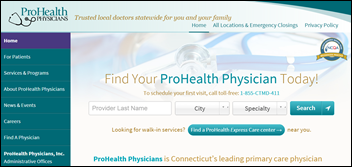
The local paper profiles the ultimately positive experience ProHealth Physicians (CT) has had with its Allscripts FollowMyHealth patient portal since implementation four years ago. “I think initially there was a concern on the part of physicians that it might mean patients were pestering them all the time,” says Bethany Kieley, vice president of practice operations. “But that really doesn’t happen. We found that patients are very respectful of the technology.”
Contacts
Jennifer, Mr. H, Lorre, Dr. Jayne, Dr. Gregg, Lt. Dan
More news: HIStalk, HIStalk Connect.
Get HIStalk Practice updates.
Contact us online.
Become a sponsor.



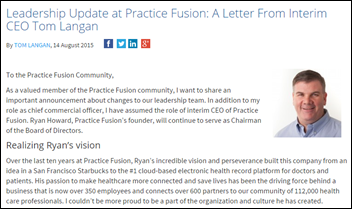






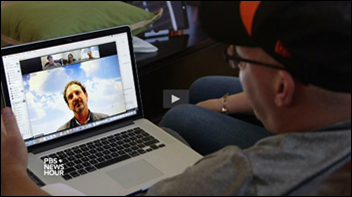








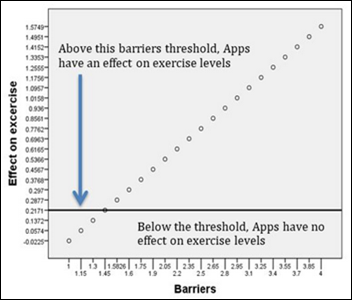


The article about Pediatric Associates in CA has a nugget with a potentially outsized impact: the implication that VFC vaccines…